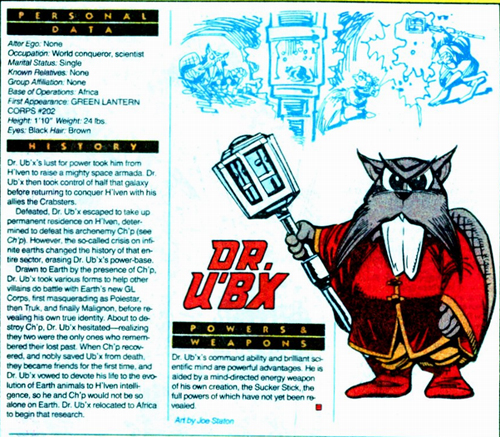I am now going to talk about space ships, heat dissipation, and why the OLC could have some of the best mundane ships in the galaxy, mostly because I get off on this kind of thing. I'm actually not sure that I care if Zoat says something like "xenotech makes this irrelevant."
So, space is cold. Ships are warm, and for science fiction ships with fancy technology and big reactors to power said technology, the ships put out a lot of heat. Problem is, space is a terrible conductor. You can only radiate heat away, and the amount of heat that you can radiate is dependent on surface area. Due to the square-cube law, for any given shape the volume of your ship increases to the cube of its radius, while the surface area only increases at the square. So as you scale up your ship, keeping everything else proportional, the amount of heat that you can radiate passively doesnt scale as fast as the bigger ship is producing it. Without designing around it, your ship gets too hot to live in, and then it gets too hot to work at all.
Normally, this isn't a problem. Radiators mean that you can passively radiate more heat than you otherwise would at a given mass, so it's not a big deal. But! Radiators make for a very tasty target during combat, as taking them out means that the ship can no longer continue fighting without killing itself. With shielding technology, you also have to shield those radiators. You can substitute passive radiators with heat sinks or expelling some material you shunted the heat into, but that only works for a short time, and it puts a limit on how long a ship can fight at full capacity before it has to either stop to cool off or resupply on whatever it's using to shunt heat. Given that a ship will have big engines to move it around quickly, big weapons to hit enemy ships, big shields to defend against enemy weapons, and all the miscellanious power hungry things that a warship needs to operate, you're using a lot of power, generating a lot of heat, and you don't want to bank on your opponent making ships that sacrifice long term combat ability for being able to overpower your ship's shields. That just means you leave a cool corpse behind.
So, this is where the OLC comes in, specifically the freeze rays from Earth. Those things are rather nifty, because they take energy, and remove heat. Not move it somewhere else, they just remove it entirely. So long as they remove more heat than they take in power, you can make a system where you input heat and power, and the heat disappears. For your big warships, this is a godsend. You can just put these things all over, and now you dont have to worry about all that heatsink crap. Build huge reactors, bigger lasers, more shields, whatever. Your ship can run until something else stops it.
Once Dox and crew get to seriously pumping out ships to fight the Reach, expect them to be head and shoulders above what nearly every other species that has to worry about thermodynamics can make.
